Identifying and Comparing Obstacles and Incentives for the Implementation of Energy Saving Projects in Eastern and Western European Countries: An Exploratory Study
Abstract
1. Introduction
- What are the main obstacles and risks that still hold back the number of implemented projects in Europe?
- What successful incentives were implemented to stimulate ESM in buildings in Eastern and Western European countries?
- Which indicators related to the environmental friendliness and social significance of ESM are being considered for evaluation of the project results?
2. Materials and Methods
3. Results and Discussion
3.1. General Description
3.2. Obstacles and Risks
- -
- changes in legislation, followed by a discontinuity of a state support (“stop and go” policies);
- -
- energy-saving and payback periods that are different from what were calculated during the planning period.
- -
- risk of fire (because of a wrong selection of an insulation material and poor installation of it);
- -
- risk of damp/mould (if airtight envelopes are created without a proper ventilation);
- -
- lock-ins (if only cheap and shallow saving measures are implemented, but deep renovations are needed).
- -
- rent increases and the crowding-out of a vulnerable population.
- -
- the waste problem (if non-recyclable and non-biodegradable materials are used).
3.3. Motivations and Incentives
- -
- impartial, individual advice and coaching through the implementation process;
- -
- better financing incentives;
- -
- local consulting; local groups that provide advice and/or invest in energy saving.
3.4. Quality and Environmental Impacts of Energy Saving Projects
4. Conclusions
- -
- increasing the conservation of energy resources, to make building renovation financing more attractive for investors,
- -
- increasing the social benefits of energy efficiency, and
- -
- providing more information on environmental impacts and
- -
- fostering the concept of life-cycle and a greater thinking about life-cycle processes
Author Contributions
Funding
Institutional Review Board Statement
Informed Consent Statement
Data Availability Statement
Conflicts of Interest
Abbreviations
| BREEAM | Building Research Establishment Environmental Assessment Method |
| BPIE | Buildings Performance Institute Europe |
| CBA | Cost Benefits Analysis |
| EE | Energy Efficiency |
| ESM | Energy Saving Measures |
| ESS | Energy Saving Services |
| EU | European Union |
| EUMEPS | European Manufacturers Association of Expanded Polystyrene (EPS) insulation |
| DGNB | German Sustainable Building Council |
| GIZ | Gesellschaft für internationale zusammenarbeit |
| IEA | International Energy Agency |
| LEED | Leadership in Energy and Environmental Design |
| LCA | Life Cycle Assessment |
| WEO | World Energy Outlook |
References
- IEA. World Energy Outlook 2017, International Energy Agency. 2017. Available online: http://www.iea.org/Textbase/npsum/weo2017SUM.pdf (accessed on 1 December 2020).
- Berardi, U. A cross-country comparison of the building energy consumptions and their trends. Resour. Conserv. Recycl. 2017, 123, 230–241. [Google Scholar] [CrossRef]
- Femenías, P.; Mjörnell, K.; Thuvander, L. Rethinking deep renovation: The perspective of rental housing in Sweden. J. Clean. Prod. 2018, 195, 1457–1467. [Google Scholar] [CrossRef]
- Jensen, P.; Maslesa, E.; Berg, J.; Thuesen, C. 10 questions concerning sustainable building renovation. Build. Environ. 2018, 143, 130–137. [Google Scholar] [CrossRef]
- Tigchelaar, C.; Karásek, J. Support for Setting up an Observatory of the Building Stock and Related Policies; Buildings Performance Institute Europe: Brussels, Belgium; Energy Research Centre of the Netherlands: Petten, The Netherlands, 2014. [Google Scholar]
- Csoknyai, T.; Hrabovszky-Horváth, S.; Georgiev, Z.; Jovanovic-Popovic, M.; Stankovic, B.; Villatoro, O.; Szendrő, G. Building stock characteristics and energy performance of residential buildings in Eastern-European countries. Energy Build. 2016, 132, 39–52. [Google Scholar] [CrossRef]
- The Ministry of Regional Development Construction Housing and Communal Services of Ukraine. Concept of Energy Efficiency Fund. Draft Document For Discussion; The Ministry of Regional Development Construction Housing and Communal Services of Ukraine: Kyiv, Ukraine, 2016. [Google Scholar]
- Meng, F.; Su, B.; Thomson, E.; Zhou, D.; Zhou, P. Measuring China’s regional energy and carbon emission efficiency with DEA models: A survey. Appl. Energy 2016, 183, 1–21. [Google Scholar] [CrossRef]
- Hirvonen, J.; Jokisalo, J.; Kosonen, R. The Effect of Deep Energy Retrofit on The Hourly Power Demand of Finnish Detached Houses. Energies 2020, 13, 1773. [Google Scholar] [CrossRef]
- Goncharuk, A.G.; Horobets, T.; Yatsyshyn, V.; Lahutina, I. Do high tariffs provide high efficiency: A case of Ukrainian electricity distribution companies. Polityka Energetyczna Energy Policy J. 2020, 23, 125–134. [Google Scholar] [CrossRef]
- Peñalvo-López, E.; Cárcel-Carrasco, J.; Alfonso-Solar, D.; Valencia-Salazar, I.; Hurtado-Pérez, E. Study of the Improvement on Energy Efficiency for a Building in the Mediterranean Area by the Installation of a Green Roof System. Energies 2020, 13, 1246. [Google Scholar] [CrossRef]
- Kontonasiou, E.; Volt, J.; Fabbri, M.; Rapf, O. Financing the Future of Buildings in Central, Eastern and South-East Europe; Buildings Performance Institute Europe (BPIE): Brussels, Belgium, 2017. [Google Scholar]
- Bertoldi, P.; Economidou, M.; Palermo, V.; Boza-Kiss, B.; Todeschi, V. How to finance energy renovation of residential buildings: Review of current and emerging financing instruments in the EU. WIREs: Energy Environ. 2020, 10. [Google Scholar] [CrossRef]
- Balaras, C.A.; Droutsa, K.; Dascalaki, E.; Kontoyiannidis, S. Heating energy consumption and resulting environmental impact of European apartment buildings. Energy Build. 2005, 37, 429–442. [Google Scholar] [CrossRef]
- Borisova, I. Energy Intensity of Russian Economy. Probl. Forecast. 1997, 6, 11–36. [Google Scholar]
- Jochem, E.; Adegbulugbe, A.; Aebischer, B.; Bhattacharjee, S.; Gritsevich, I.; Jannuzzi, G.; Jaszay, T.; Baran Saha, B.; Worrell, E.; Fengqi, Z. Energy end-use efficiency. In World Energy Assessment: Energy and the Challenge of Sustainability; UNDP: New York, NY, USA, 2000; pp. 173–217. [Google Scholar]
- World Energy Council. 2007 Survey of Energy Resources; World Energy Council: London, UK, 2007. [Google Scholar]
- Sebi, C.; Nadel, S.; Schlomann, B.; Steinbach, J. Policy strategies for achieving large long-term savings from retrofitting existing buildings. Energy Effic. 2019, 12, 89–105. [Google Scholar] [CrossRef]
- Sawin, J.L.; Bhattacharya, S.C.; Galan, E.M.; McCrone, A.; Moomaw, W.R.; Sims, R. Renewables 2012 Global Status Report. REN21 Secretariat, Paris. Ren21. 2012. Available online: http://www.ren21.net/REN21Activities/GlobalStatusReport.aspx (accessed on 20 April 2021).
- Sonnemann, G.; Gemechu, E.D.; Sala, S.; Schau, E.M.; Allacker, K.; Pant, R.; Valdivia, S.; Adibi, N. Life Cycle Thinking and the use of LCA in policies around the worlde. In Life Cycle Assessment; Springer: Berlin/Heidelberg, Germany, 2018; pp. 429–463. [Google Scholar]
- Fink, A. How to Conduct Surveys. A Step- by-Step Guide, 6th ed.; SAGE Publications Ltd.: Thousand Oaks, CA, USA, 2017; 225p. [Google Scholar]
- O’Cathain, A.; Thomas, K.J. ‘Any other comments?’ Open questions on questionnaires—A bane or a bonus to research? BMC Med Res. Methodol. 2004, 4, 1–17. [Google Scholar] [CrossRef]
- Leal Filho, W.; Wu, Y.-C.J.; Brandli, L.L.; Avila, L.V.; Azeiteiro, U.M.; Caeiro, S.; Madruga, L.R.d.R.G. Identifying and overcoming obstacles to the implementation of sustainable development at universities. J. Integr. Environ. Sci. 2017, 14, 93–108. Available online: https://www.tandfonline.com/doi/full/10.1080/1943815X.2017.1362007 (accessed on 12 February 2021). [CrossRef]
- Labanca, N.; Suerkemper, F.; Bertoldi, P.; Irrek, W.; Duplessis, B. Energy efficiency services for residential buildings: Market situation and existing potentials in the European Union. J. Clean. Prod. 2015, 109, 284–295. Available online: www.sciencedirect.com/science/article/pii/S0959652615002036 (accessed on 11 January 2020). [CrossRef]
- Bertoldi, P.; Boza-Kiss, B. Analysis of barriers and drivers for the development of the ESCO markets in Europe. Energy Policy 2017, 107, 345–355. [Google Scholar] [CrossRef]
- Kangas, H.-L.; Lazarevic, D.; Kivimaa, P. Technical skills, disinterest and non-functional regulation: Barriers to building energy efficiency in Finland viewed by energy service companies. Energy Policy 2018, 114, 63–76. [Google Scholar] [CrossRef]
- Travezan, J.Y.; Harmsen, R.; van Toledo, G. Policy analysis for energy efficiency in the built environment in Spain. Energy Policy 2013, 61, 317–326. [Google Scholar] [CrossRef]
- Hakkinen, T.; Belloni, K. Barriers and drivers for sustainable building. Build. Res. Inf. 2011, 39, 239–355. [Google Scholar] [CrossRef]
- Gliedt, T.; Hoicka, C.E. Energy upgrades as financial or strategic investment? Energy Star property owners and managers improving building energy performance. Appl. Energy 2015, 147, 430–443. [Google Scholar] [CrossRef]
- Zahvoyska, L.D.; Fedoruk, M.I. Ecological and Economic Assessment of the Effectiveness of an Investment Decision Using the Cost-Benefit Analysis: The Project of Replacing the Central Heating System with Individual Gas Heating. Probl. Econ. 2017, 1, 70–78. [Google Scholar]
- Tuominen, P.; Klobut, K.; Tolma, A.; Adjei, A.; de Best-Waldhober, M. Energy savings potential in buildings and overcoming market barriers in member states of the European Union. Energy Build. 2012, 51, 48–55. [Google Scholar] [CrossRef]
- Santangelo, A.; Tondelli, S. Occupant behaviour and building renovation of the social housing stock: Current and future challenges. Energy Build. 2017, 145, 276–283. [Google Scholar] [CrossRef]
- Baumhof, R.; Decker, T.; Röder, H.; Menrad, K. Which factors determine the extent of house owners’ energy-related refurbishment projects? A motivation-opportunity-ability approach. Sustain. Cities Soc. 2018, 36, 33–41. [Google Scholar] [CrossRef]
- Persson, J.; Grönkvis, S. Drivers for and barriers to low-energy buildings in Sweden. J. Clean. Prod. 2015, 109, 296–304. [Google Scholar] [CrossRef]
- Okay, N.; Akman, U. Analysis of ESCO activities using country indicators. Renew. Sustain. Energy Rev. 2010, 14, 2760–2771. [Google Scholar] [CrossRef]
- Kovalko, A.M. Estimation of ESCO market in thermal renovation of buildings in Ukraine. Energy Eng. 2015, 112, 24–37. [Google Scholar] [CrossRef]
- Cristino, T.M.; Lotufo, F.A.; Delinchant, B.; Wurtz, F.; Neto, A.F. A comprehensive review of obstacles and drivers to building energy-saving technologies and their association with research themes, types of buildings, and geographic regions. Renew. Sustain. Energy Rev. 2021, 135, 110191. [Google Scholar] [CrossRef]
- Jaffe, A.B.; Stavins, R.N. The energy-efficiency gap What does it mean? Energy Policy 1994, 22, 804–810. [Google Scholar] [CrossRef]
- Berardi, U. Stakeholders’ influence on the adoption of energy-saving technologies in Italian homes. Energy Policy 2013, 60, 520–530. [Google Scholar] [CrossRef]
- Zundel, S.; Stieß, I. Beyond profitability of energy-saving measures—Attitudes towards energy saving. J. Consum. Policy 2011, 34, 91–105. [Google Scholar] [CrossRef]
- Kalkum, B. Financing Energy Efficiency Measures for Residential Building Stock: Scaling Up Energy Efficiency in Buildings in the Western Balkans; The World Bank: Washington, DC, USA, 2014. [Google Scholar]
- Hoppe, T.; Graf, A.; Warbroek, B.; Lammers, I.; Lepping, I. Local governments supporting local energy initiatives: Lessons from the best practices of Saerbeck (Germany) and Lochem (The Netherlands). Sustainability 2015, 7, 1900–1931. [Google Scholar] [CrossRef]
- Moss, T.; Becker, S.; Naumann, M. Whose energy transition is it, anyway? Organisation and ownership of the Energiewende in villages, cities and regions. Local Environ. 2015, 20, 1547–1563. [Google Scholar] [CrossRef]
- Bouzarovski, S.; Tirado Herrero, S. The energy divide: Integrating energy transitions, regional inequalities and poverty trends in the European Union. Eur. Urban Reg. Stud. 2017, 24, 69–86. [Google Scholar] [CrossRef]
- Zahvoyska, L.; Bletska, O. Modelling Energy Transition Process using System Dynamics: Energy Cooperatives as a Tool for Transition to Sustainable Use of Wood Biomass in the Residential Sector. Proc. For. Acad. Sci. Ukr. 2019, 19, 187–198. [Google Scholar]
- Dunkelberg, E.; Weiß, J. Ökologische Bewertung Energetischer Sanie-Rungsoptionen. Arbeitspapier 2016, 4, 2013–2016. [Google Scholar]
- Vilches, A.; Garcia-Martinez, A.; Sanchez-Montanes, B. Life cycle assessment (LCA) of building refurbishment: A literature review. Energy Build. 2017, 135, 286–301. [Google Scholar] [CrossRef]
- Sartori, D.; Catalano, G.; Genco, M.; Pancotti, C.; Sirtori, E.; Vignetti, S.; Bo, C. Guide to Cost-Benefit Analysis of Investment Projects. Economic Appraisal Tool for Coheion Policy 2014–2020. 2014. Available online: https://ec.europa.eu/regional_policy/sources/docgener/studies/pdf/cba_guide.pdf (accessed on 20 April 2021).
- Mihic, M.M.; Petrovic, D.C.; Vučković, A.M.; Obradovic, V.L.; Đurović, D.M. Application and importance of cost-benefit analysis to energy efficiency projects in public buildings: The case of Serbia. Therm. Sci. 2012, 16, 915–929. [Google Scholar] [CrossRef]

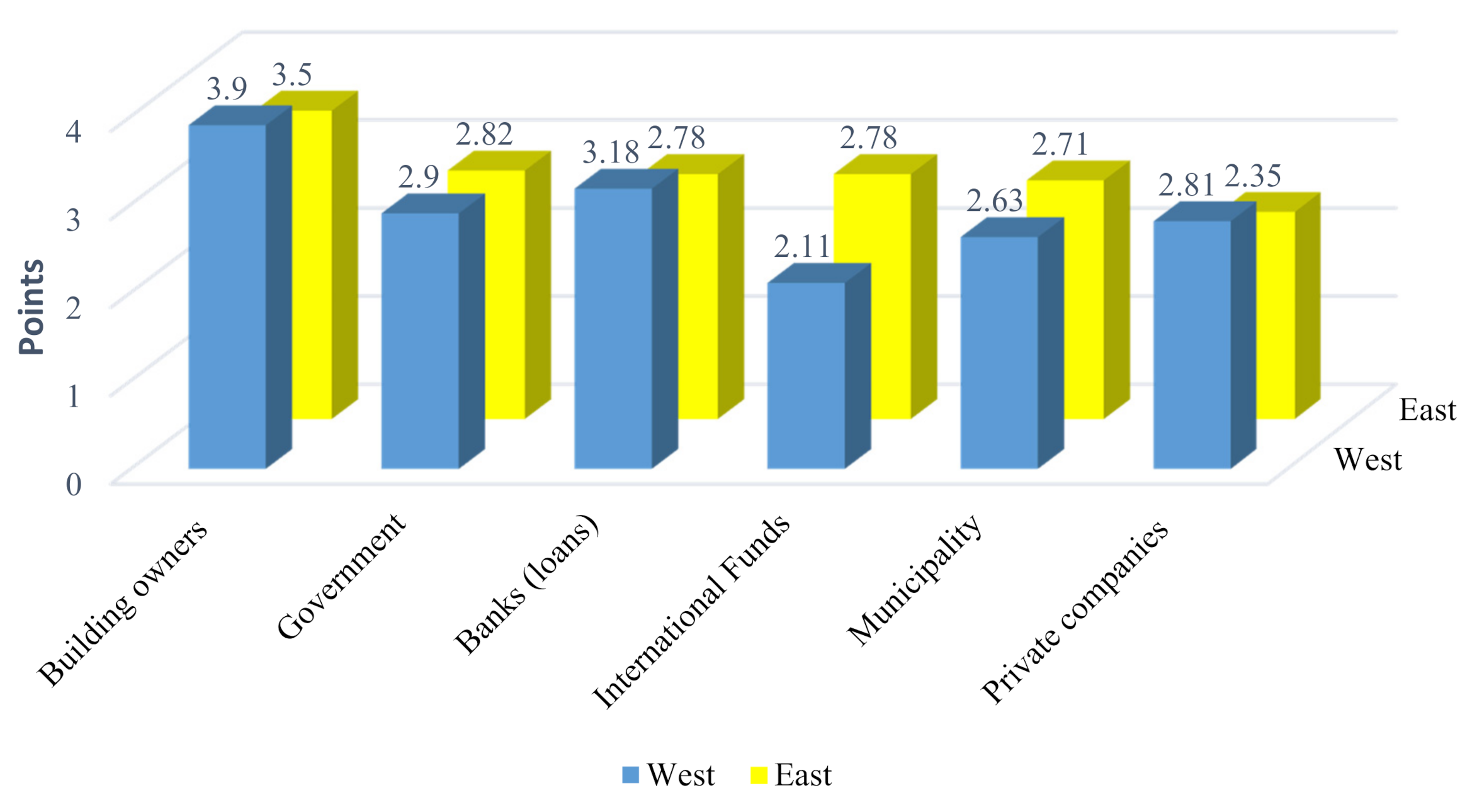

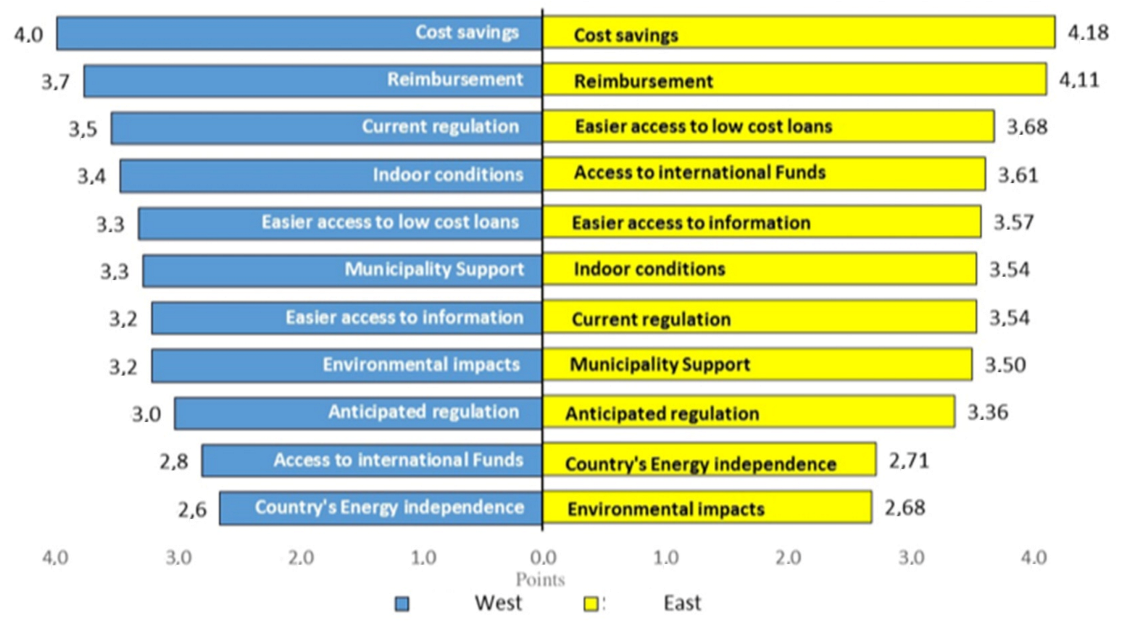

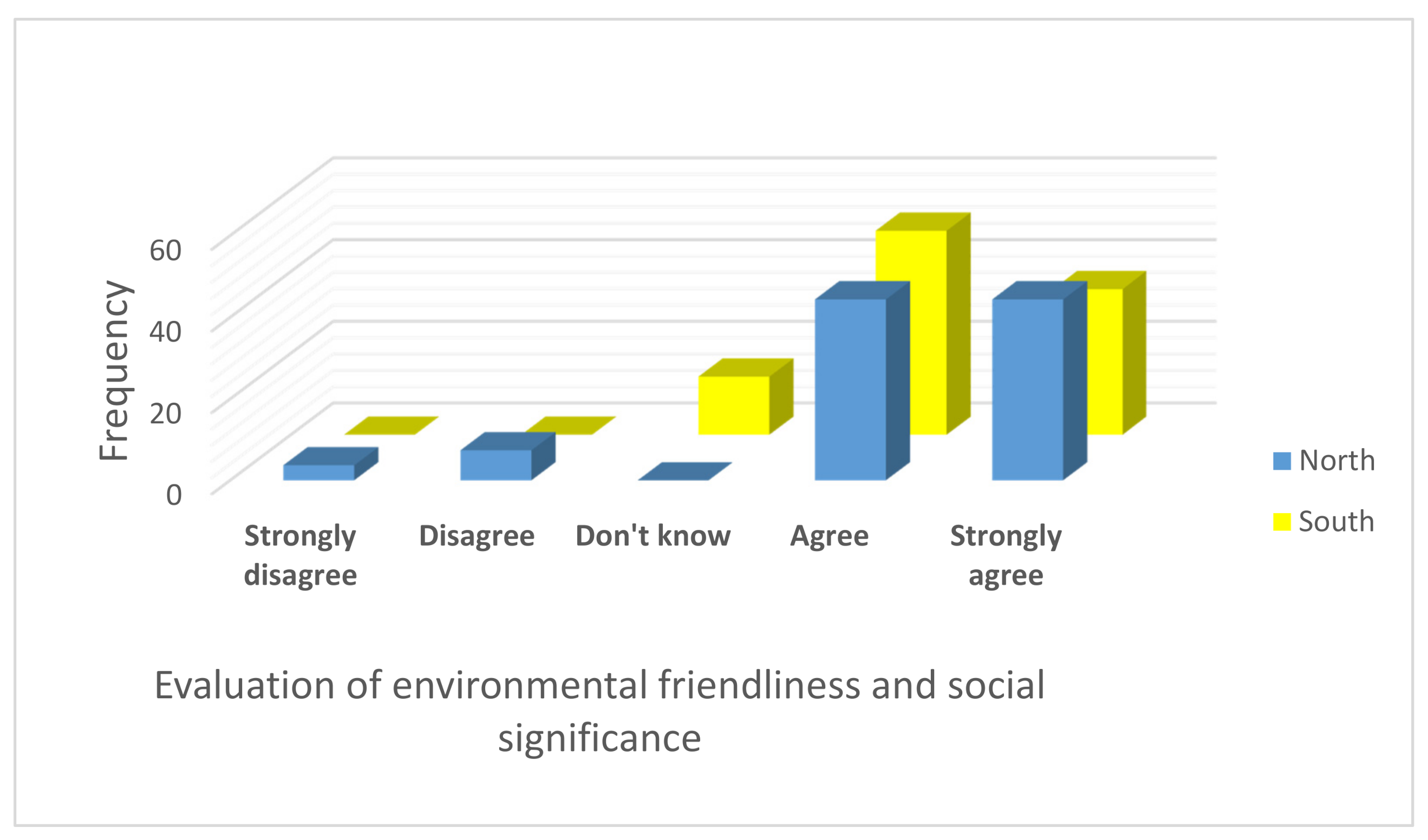
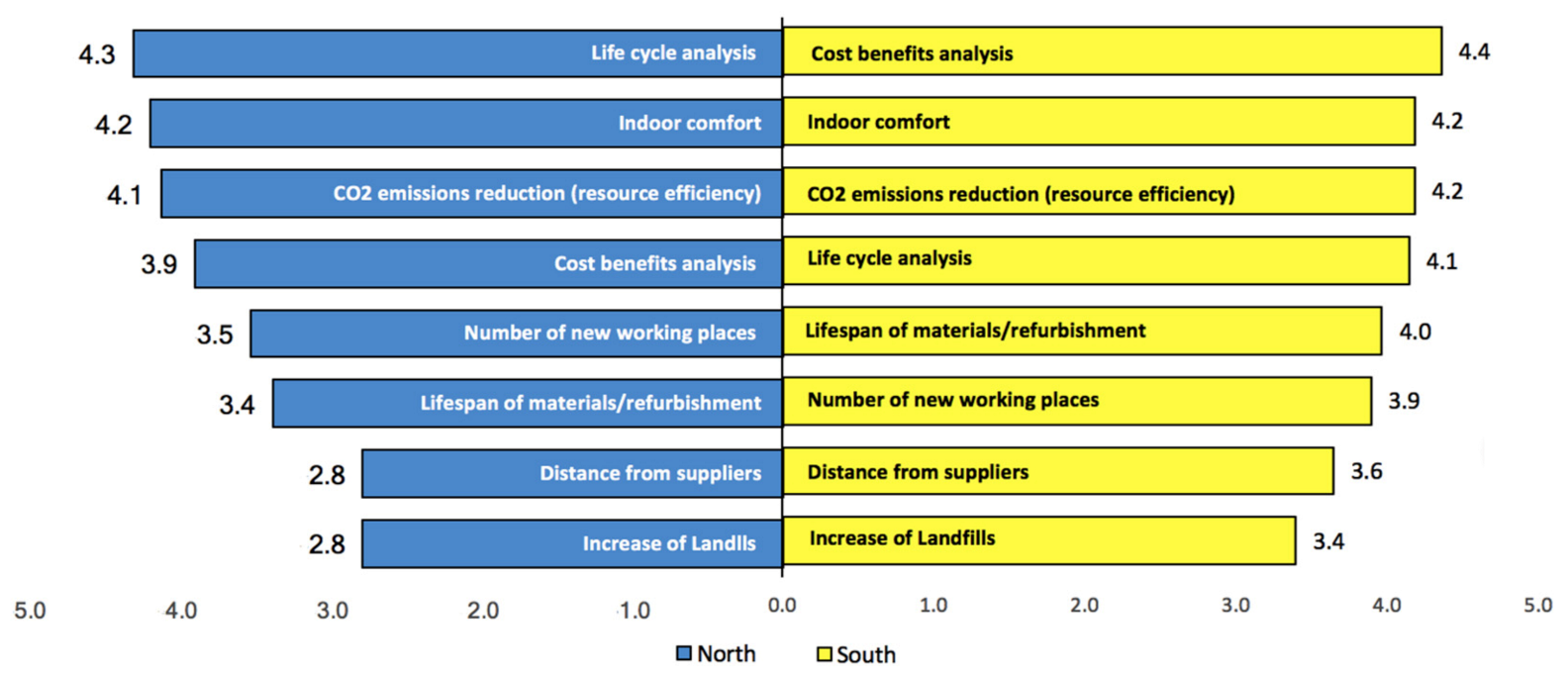
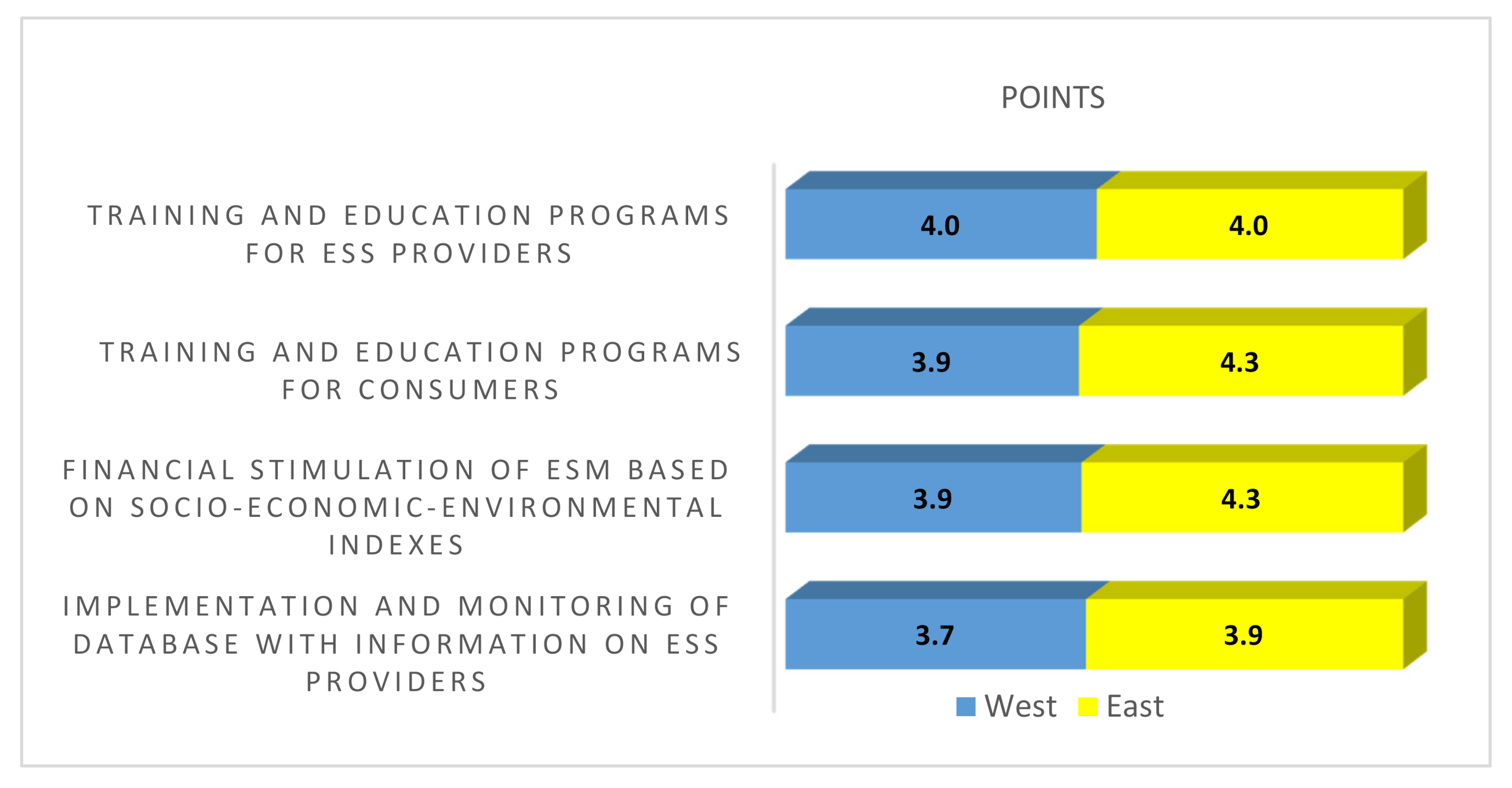
| Country of Participants | Occupation | Number of Participants, Total | |||
|---|---|---|---|---|---|
| University | NGO (Energy Programs) | Private Sector (Energy Companies) | State/Municipality | ||
| Austria | 1 | 1 | |||
| Albania | 1 | 1 | 2 | ||
| Belgium | 1 | 1 | |||
| Bosnia | 1 | 1 | |||
| Denmark | 1 | 1 | |||
| Estonia | 1 | 1 | |||
| Finland | 1 | 1 | |||
| France | 1 | 1 | 2 | ||
| Germany | 11 | 1 | 12 | ||
| Hungary | 2 | 2 | 1 | 5 | |
| Ireland | 1 | 1 | |||
| Italy | 1 | 1 | |||
| Latvia | 1 | 1 | |||
| Lithuania | 1 | 1 | |||
| Poland | 3 | 3 | |||
| Portugal | 2 | 2 | |||
| Russia | 1 | 1 | |||
| Serbia | 1 | 2 | 3 | ||
| Slovenia | 1 | 1 | |||
| Spain | 1 | 1 | |||
| Sweden | 1 | 1 | |||
| Switzerland | 1 | 1 | 2 | ||
| UK | 1 | 1 | |||
| Ukraine | 5 | 4 | 9 | ||
| Total | 37 | 8 | 8 | 2 | 55 |
Publisher’s Note: MDPI stays neutral with regard to jurisdictional claims in published maps and institutional affiliations. |
© 2021 by the authors. Licensee MDPI, Basel, Switzerland. This article is an open access article distributed under the terms and conditions of the Creative Commons Attribution (CC BY) license (https://creativecommons.org/licenses/by/4.0/).
Share and Cite
Leal Filho, W.; Fedoruk, M.; Zahvoyska, L.; Avila, L.V. Identifying and Comparing Obstacles and Incentives for the Implementation of Energy Saving Projects in Eastern and Western European Countries: An Exploratory Study. Sustainability 2021, 13, 4944. https://doi.org/10.3390/su13094944
Leal Filho W, Fedoruk M, Zahvoyska L, Avila LV. Identifying and Comparing Obstacles and Incentives for the Implementation of Energy Saving Projects in Eastern and Western European Countries: An Exploratory Study. Sustainability. 2021; 13(9):4944. https://doi.org/10.3390/su13094944
Chicago/Turabian StyleLeal Filho, Walter, Mariia Fedoruk, Lyudmyla Zahvoyska, and Lucas Veiga Avila. 2021. "Identifying and Comparing Obstacles and Incentives for the Implementation of Energy Saving Projects in Eastern and Western European Countries: An Exploratory Study" Sustainability 13, no. 9: 4944. https://doi.org/10.3390/su13094944
APA StyleLeal Filho, W., Fedoruk, M., Zahvoyska, L., & Avila, L. V. (2021). Identifying and Comparing Obstacles and Incentives for the Implementation of Energy Saving Projects in Eastern and Western European Countries: An Exploratory Study. Sustainability, 13(9), 4944. https://doi.org/10.3390/su13094944








